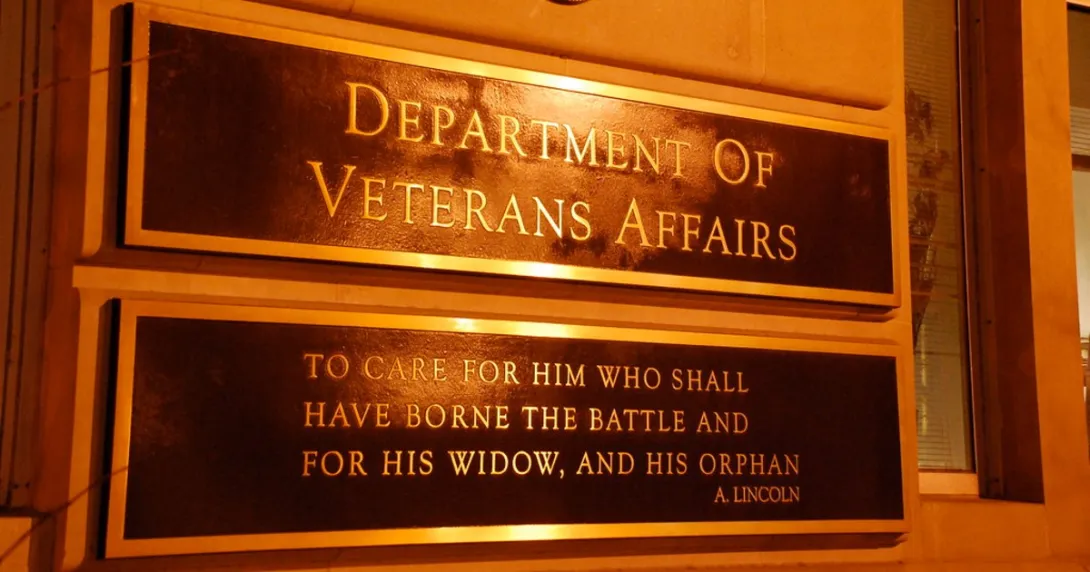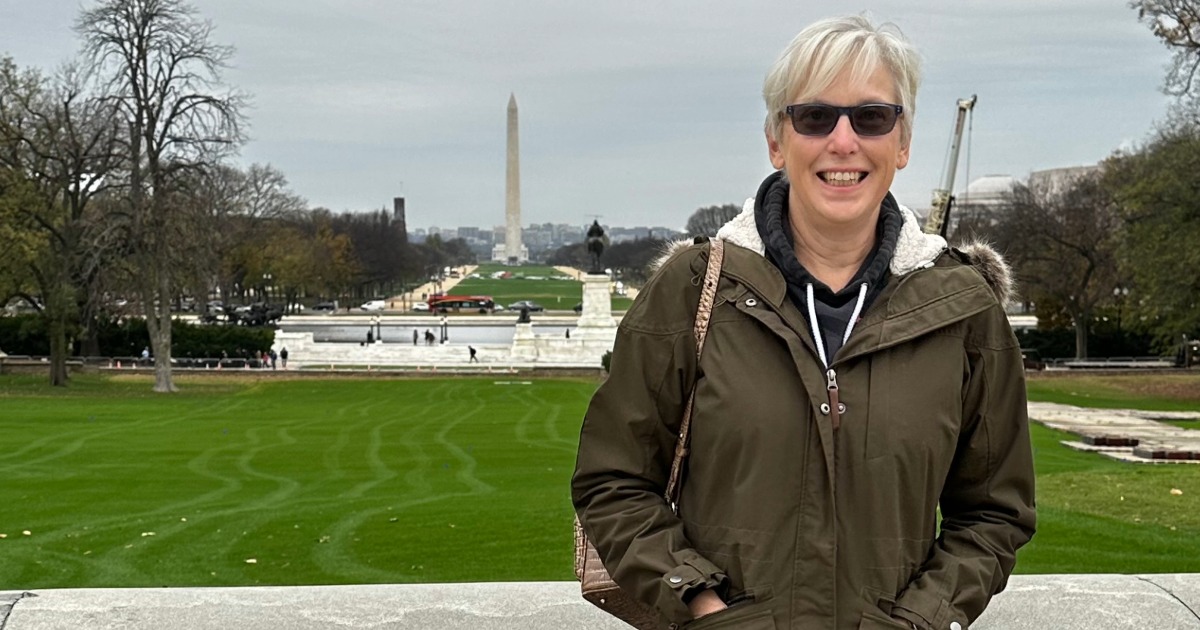
Photo: Department of Veterans Affairs, afagen/Flickr, licensed under CC BY-NC-SA 2.0
The U.S. House of Representatives has passed a bill to modernize the Veterans Affairs' claims process. The bill calls for developing an artificial intelligence system that will retrieve data, provide decision support, share information and generate claim-related correspondence.
The U.S. Senate received the proposed Modernizing All Veterans and Survivors Claims Processing Act and referred it to its Committee on Veterans' Affairs.
If the bill passes in its current form, an agentic artificial intelligence tool would be developed for use by the VA's Compensation Service of the Veterans Benefits Administration to automatically retrieve service records, compile evidence, provide decision support, share data between agencies and generate claim-related correspondence on its own.
WHY IT MATTERS
Among other things, the VA claims modernization bill directs the Secretary of Veterans Affairs to submit a plan for using automation tools that harness AI to the House and Senate VA committees after one year of enactment.
The bill, H.R. 3854, would also require annual reports on veteran mortality and extend a reduction in pension payments to veterans and survivors in Medicaid nursing homes.
Rep. David Valadao, R-Calif., who introduced the bill, said in a statement upon its passage on Monday that the VA’s current claims system is "inefficient, creates backlogs and burdens veterans and their families with unnecessary paperwork."
Certain veteran claims have been subject to growing backlogs and missed benefits due to outdated technology, according to a transcript of his speech on the House floor.
"To speed up disability claims, the VA has used automation tools like AI to draft letters and gather documents," Valadao told his fellow lawmakers. "But that same technology hasn’t been applied to other types of claims, such as pensions or survivors’ benefits."
He said the bill would expand the use of automation tools, ensure documents are properly labeled in the VA's system and improve coordination between its offices.
On Tuesday, the American Legion offered its support of the legislation in a compendium of 10 statements on 14 pieces of veteran-related legislation passed by the House in the last week.
"This resolution includes a resolved clause that the Legion wants Congress to pass legislation that will bring VA claim processing to under 125 days with a 98% accuracy rate," the organization said. "This legislation will help achieve that goal by utilizing AI resources."
Of note, the bill does not prescribe a timeframe for the agency to process veteran claims.
As of August, the VA said the average number of days to complete disability-related claims is 94.8 days.
However, in the background Valadao provided, the lack of automation and other technologies that improve processing times for pensions or survivors’ benefit claims ultimately leads to long delays – "sometimes years" – for benefit decisions.
We reached out to the VA requesting information on the turnaround time for pension and survivor benefit claims and a statement about the proposed law, and this story will be updated if information is made available.
THE LARGER TREND
Last month, the VA said it had processed more claims in a single year than it ever had before and that the backlog of veterans waiting for VA benefits was down 37% since January 20.
The VA claims backlog has always been a point of contention, with many causes, including its own evidence gathering. For a disability claim, the agency may require a physical claims exam in cases where it says there is insufficient medical evidence under the Acceptable Clinical Evidence process.
"This is usually the longest step in the process," the VA says on its claims information website.
Over the years, the VA has tried many strategies to improve the speed of claims decisions and issue veterans' benefits faster. From implementing rapid response teams to unifying veterans' medical records – which are often missing pertinent health information – technology often has failed to move the needle.
Three years ago, Charles Worthington, the VA's chief technology officer, had said that the newly developed VA mobile app was a critical part of its overall digital transformation. During a virtual media briefing that served as an update on the agency's Vision 22 IT strategy, the longtime CTO said the app's robust set of features made it easier for veterans to file and track disability claims.
Then, in May, a community care provider worked with electronic health record vendor Epic Systems to develop and test a Title 38 veteran confirmation API that now enables non-VA providers to identify more veteran patients at the point of care. Brett Barker, a technical solutions engineer with Epic, told Healthcare IT News that once providers can identify that patients are veterans, it opens referral access to their VA benefits.
ON THE RECORD
"Our veterans put their lives on the line to defend our nation, and they shouldn’t have to fight another battle just to access the benefits they’ve earned," Valadao said in a statement. "House passage of my bill is an important step to expand automation tools, streamline the process and ensure our veterans receive the care they deserve."
Andrea Fox is senior editor of Healthcare IT News.
Email: afox@himss.org
Healthcare IT News is a HIMSS Media publication.


